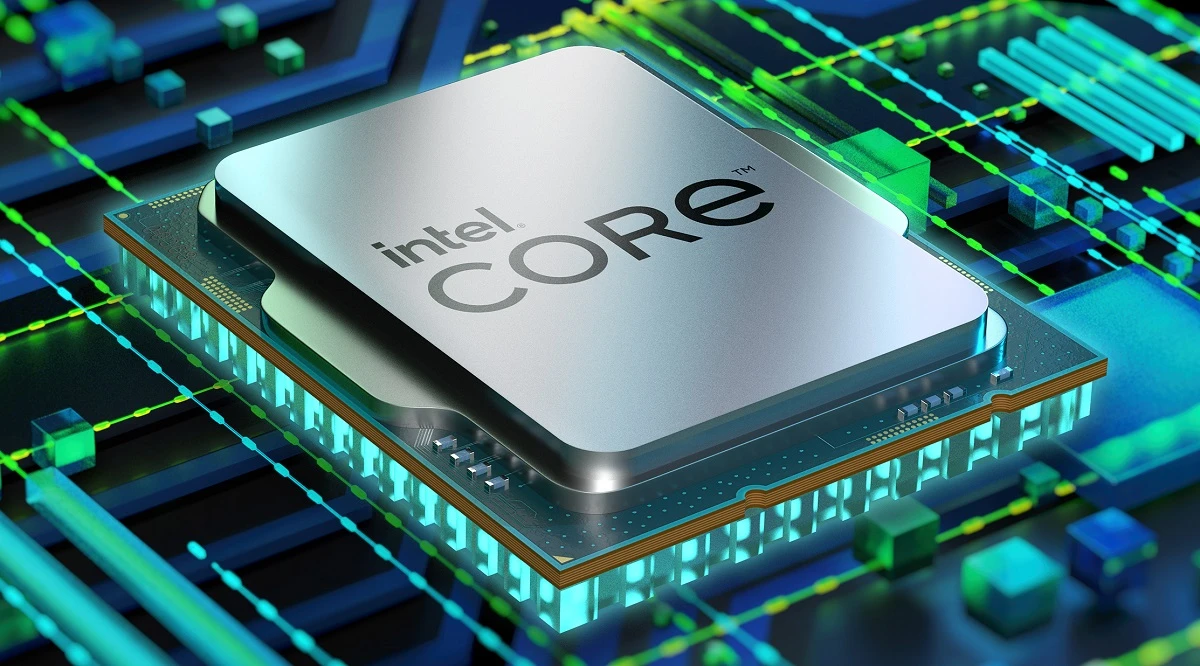Intel is on the brink of revolutionizing the world of modern CPUs, and they're doing it by turning the traditional CPU architecture upside down. In the coming year, they're set to introduce a groundbreaking technology known as "Power Via" to their new processor lineups. But it's not just Intel CPUs that are poised to benefit from this innovation – it could potentially reshape the landscape for products from other chip manufacturers as well.
So, what's all the buzz about? Let's dive into the details of Power Via and understand why it's generating so much excitement in the tech world.
The Problem with Traditional CPU Fabrication
At the heart of Power Via is a fundamental rethinking of how CPUs are wired. In traditional CPU fabrication, the tiny wires connected to the CPU's transistors (the components responsible for processing data) carry both power and data signals. These wires point downwards towards the CPU socket, but this approach presents several challenges.
One major issue is interference. Having power and signal wires in close proximity can lead to interference, which, in turn, degrades performance. Additionally, the wires used for power delivery naturally exhibit resistance, and as transistors have become smaller and more numerous on chips, these wires have had to shrink further, increasing resistance and causing undesirable voltage drops that limit performance. Moreover, packing numerous small wires onto a chip also escalates manufacturing complexity and cost as chip makers must employ expensive lithography techniques.
The Backside Power Delivery Solution
Enter backside power delivery, or "Power Via." This innovative approach works smarter, not harder, by separating power and signal wires, addressing the issues that have plagued traditional CPU designs.
In a chip designed with backside power delivery, the signal wires emerge from the front side of the wafer on which the transistors sit, while the power wires exit from the bottom or backside. This contrasts with the traditional approach where all wires come out of the front side, albeit with the chip often flipped to orient the transistors toward the heat spreader and cooler.
This backside power delivery method requires the wafer to be thinly polished down to expose power connections. To provide structural support, a dummy carrier wafer is bonded to the front side. The result? A robust "sandwich" that eliminates interference and voltage drop issues. According to Intel, this translates to a little over five percent higher core frequency on E-cores compared to traditional methods, with similar gains expected for higher-performance P-cores.
Moreover, backside power delivery simplifies manufacturing by reducing the need to cram countless wires into a confined space. While there are initial setup costs associated with this new fabrication method, Intel asserts that the long-term savings in manufacturing will more than compensate for it. Furthermore, Power Via allows for more efficient utilization of the die space, enabling chip manufacturers to fill it with actual functional cells rather than empty space.
Potential Downsides and Future Outlook
While Power Via certainly holds promise, it's important to consider potential downsides. Some enthusiasts have raised concerns about the multiple layers of front side wiring that now separate the transistors from where a CPU cooler would sit. Intel maintains that there's sufficient thermal conductivity through these layers to facilitate CPU cooling, but real-world performance will confirm this claim.
Intel expects to release the first chips featuring Power Via around mid-2024, with other chip manufacturers likely to follow suit a few years later. This development signifies a significant step forward in CPU technology and promises improved performance, reduced interference, and simplified manufacturing processes.
In conclusion, Power Via is poised to reshape the CPU landscape, offering a glimpse into the future of chip design and manufacturing. While it introduces some changes and uncertainties, the potential benefits, including enhanced performance and cost savings, make it an exciting development for both Intel and the broader tech industry.


No comments yet